What are Hoist Slings?
While requirements will vary depending on the site and the details of the job itself, one thing is certain, there are a couple of different types of rigging slings that are useful for different situations. Hoisting is a staple service for us at Sheedy Crane.
Before discussing that, there are a few important safety tips to consider
- You should always determine the proper dimensions and style of the sling needed for your application purposes. Selecting the right sling for the job is crucial.
- It is not advisable nor recommended to tie knots in slings.
- Its all about load management, knowing the limitations of the lifting device is paramount to a successful pick.
- Building on that last point, you must always find the center point of gravity before picking up a load.
Wire Rope
Wire rope is created by interthreading several individual wires to create a large, thick rope. This can be observed when you see wire rope that has become frayed, individual pieces of the rope become exposed. This is called birdcaging and If you spot this, you’re well overdue to replace your wire rope. One of the best ways to avoid cracking or breaking of your wire rope is to use proper blocking/padding to make sure the rope does not bend acutely. Instead, a wider bend can be created so that the rope only bends within its levels of flexibility.
There are several factors that determine the strength of a wire rope. The thickness of the rope is the most obvious factor. A thicker rope is a better rope in most cases. All ropes have a total load limit and many modern ropes have a design factor of 5, which means that whatever the total load strength of the rope is, it should be divided by 5 and that will be the maximum limit for the actual load used.
Fiber/Synthetic Rope Slings
Fiber rope is typically comprised of nylon, polyester, and sometimes propylene. They can hold a significant amount of weight and are highly malleable which means they adapt to many shapes. Synthetic slings also have a long life cycle even in heavy use scenarios. The catch? They are highly susceptible to chemical damage. Acid or any type of caustic substance can easily chew through fiber ropes much faster than any other type. The issue with this is that the very material becomes weak but it isn’t as immediately apparent as other sling types. The material type of sling will determine the resistant properties it possesses.
Bay Area Rigging Professionals
Sheedy Drayage Co. is a historic company that has been in business since 1925. We have decades of rigging experience with various types of rigging slings in the Bay Area. Whether it involves operating a crane, heavy rigging, shoring, or requiring precise engineering solutions, you can bet Sheedy can do the job like no other—we’ve been doing this for a long time, after all. Visit our contact page to get in touch with the location of your choice so that you can have your rigging work done in a timely and diligent manner.

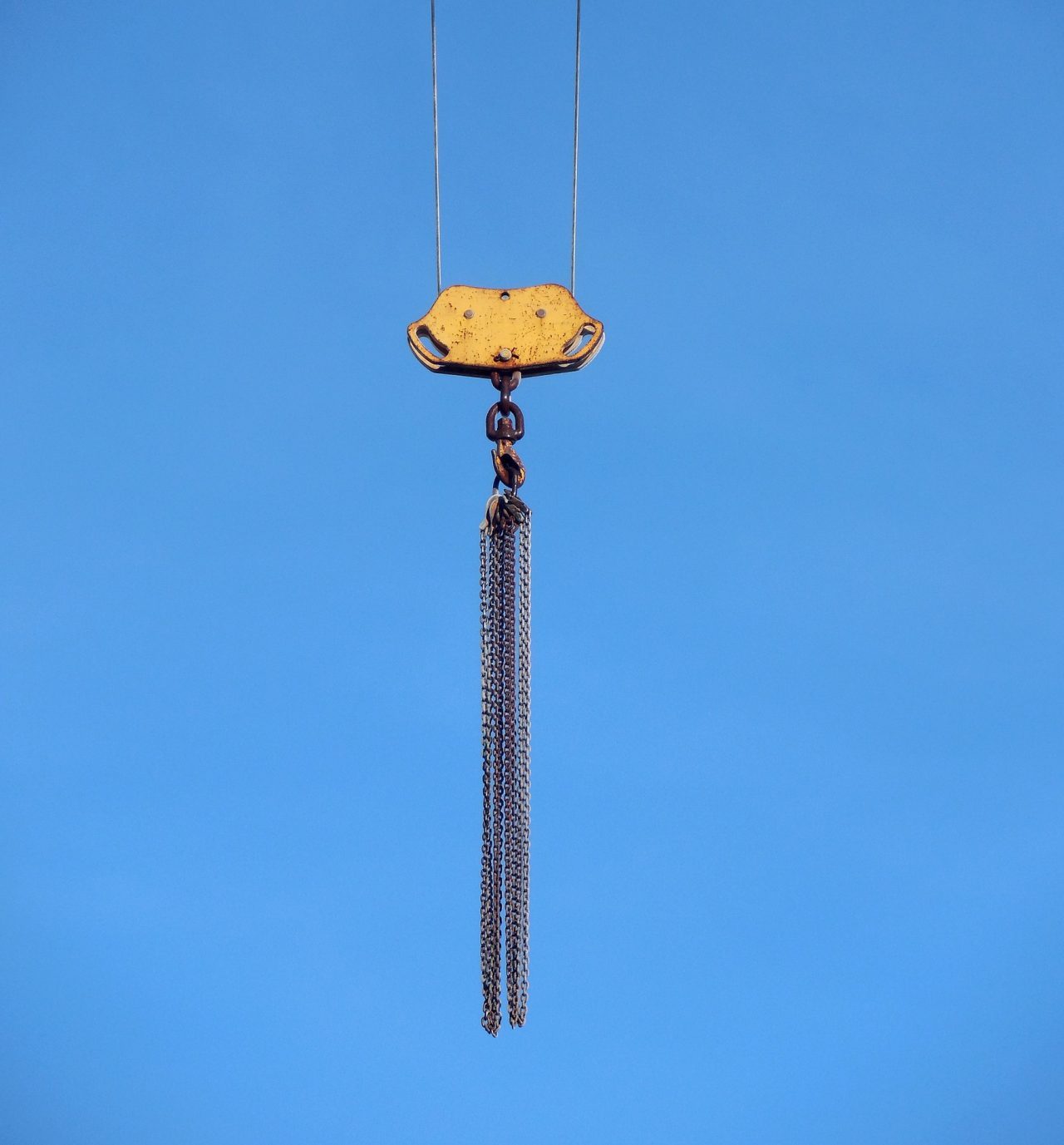
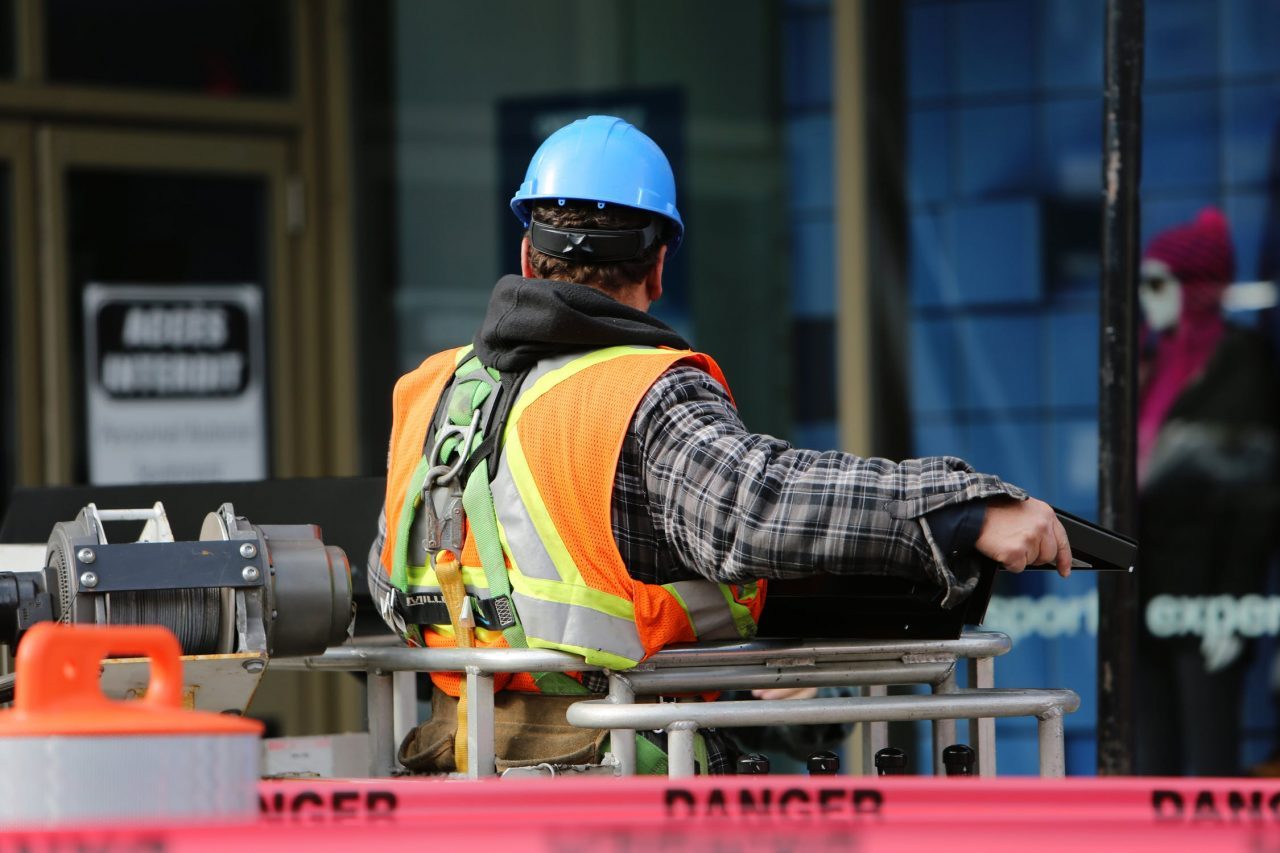

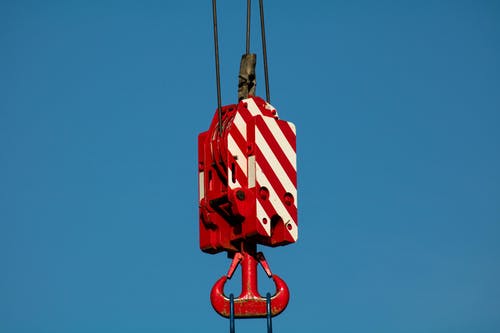

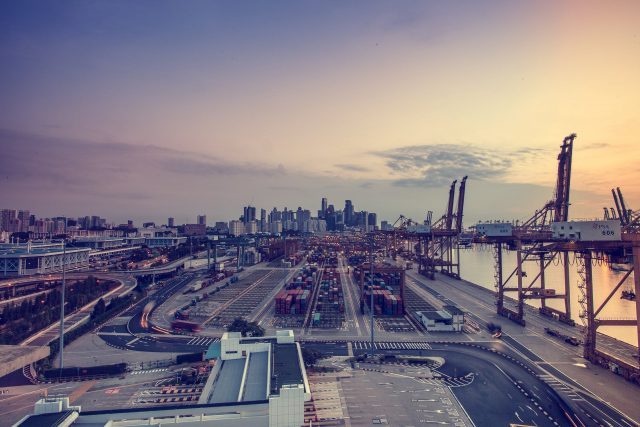
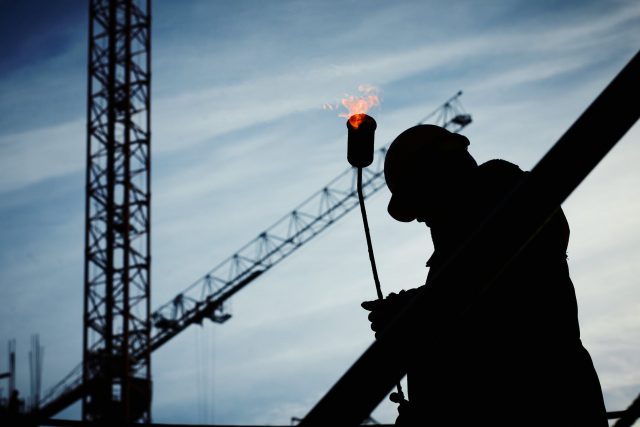
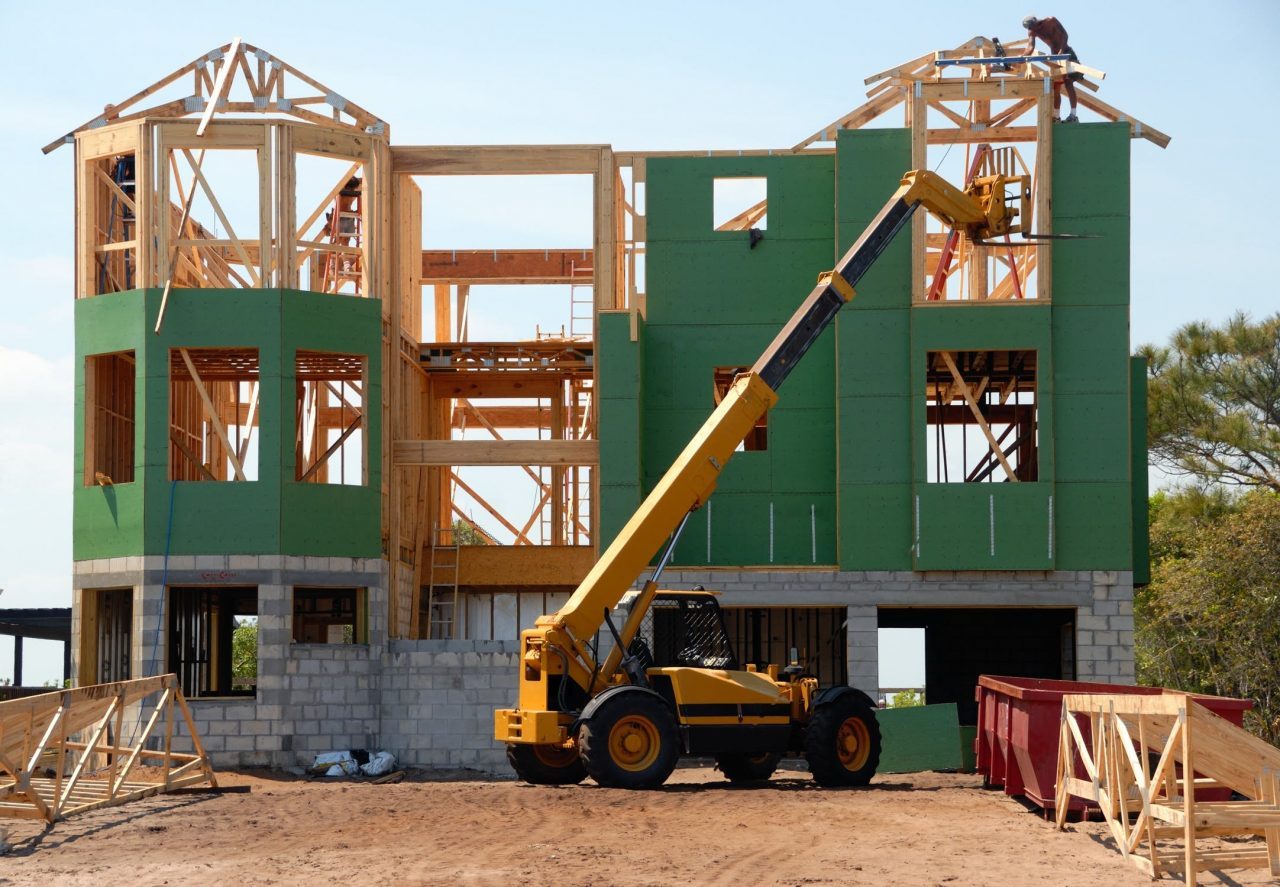
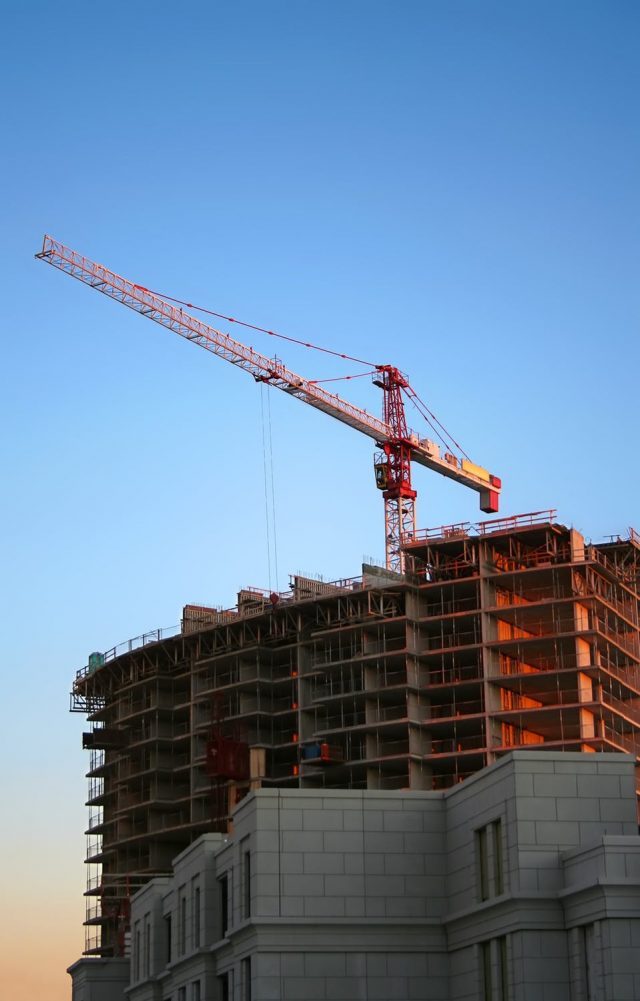

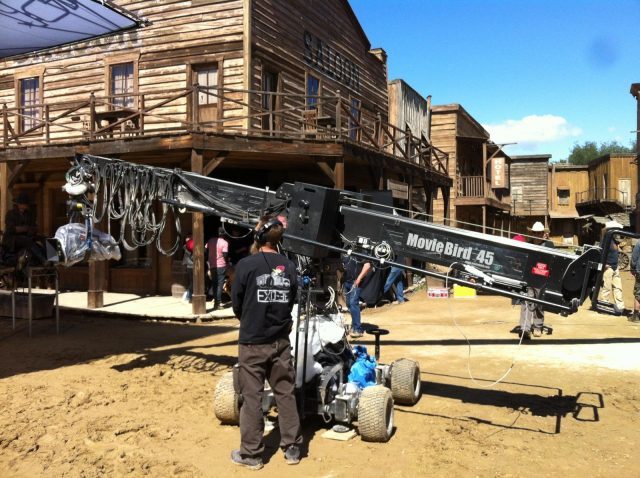 The ground-breaking addition of cranes to the repertoire of tools used in film production can be traced back to 1916, with the film
The ground-breaking addition of cranes to the repertoire of tools used in film production can be traced back to 1916, with the film 